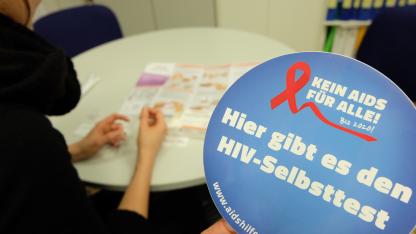Sexually Transmitted Infections (STIs)

Most people experience a sexually transmitted infection at some point in time. Herpes, fungal infections and genital warts are common, for example. Gonorrhea and syphilis are also becoming more common once again. The possible consequences of an infection range from irritating itching to a life-threatening illness.
Important things about Sexually Transmitted Diseases
- Venereal diseases are being transferred during sex. This includes for example chlamydia, gonorrhoea (tripper) and syphillis.
- Most of the times, the infection gets transmitted through vaginal, anal or oralsex but it can also happen during other actions, like using sex toys together.
- Using a condom will lower the risk of getting an infection, but it is not 100% safe.
- Often times there are no visible symptoms. If there are any they can be things like discharge, itching or lesions aorund the genitalias or the after.
- Normally, venereal diseases can be treated effectively with antibiotics. Without treatment, they can lead to dangerous consequences for your health. If you are sexually active with varying partners, you should get tested for STIs regularly.
You can protect yourself from some infections by using condoms or by being vaccinated. All the infections mentioned can be treated effectively. If you have sex with changing partners, you should be tested for sexually transmitted diseases once a year.
This is especially important for people with HIV, as some infections can be more severe in people who are HIV positive. Sexually transmitted infections can also increase the risk of being infected with HIV, as areas of inflammation make it easier for the virus to enter the body. If an HIV-positive person also has another sexually transmitted infection, there is an increased risk of their partner becoming infected with HIV.
Share on







